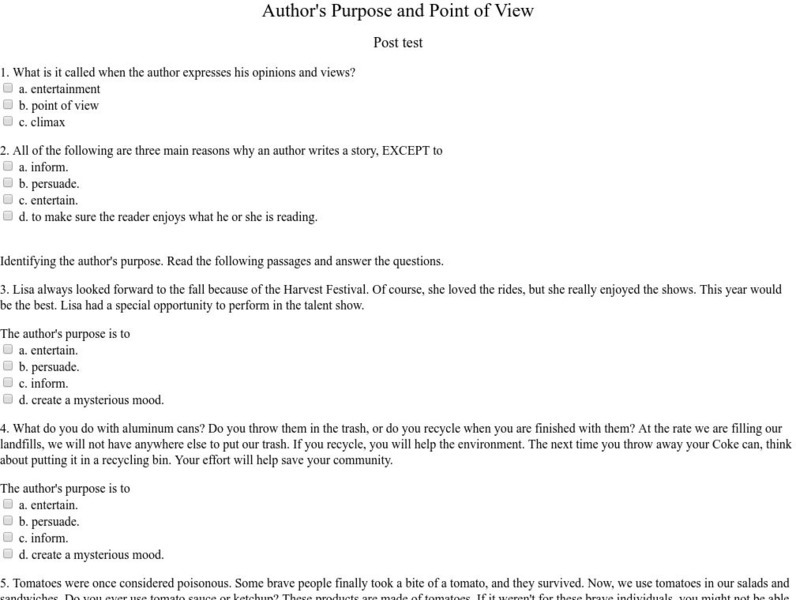Alabama Learning Exchange
Alex: Writing to Determine, "What Is a Pulgar?"
This lesson plan is a writing follow-up to the guided reading lesson plan, "What is a Pulgar?" It utilizes a Makes Sense Strategies Think-sheet to guide the writing.
PBS
Pbs Learning Media: Literary Elements and Techniques: Imagery
Explore the literary technique of imagery to see how sensory language contributes to the meaning and feeling of a poem in this animated video [1:23] from WNET. Discussion questions below help students to further apply their understanding...
Tech4Learning
Tech4 Learning: Creative Educator: Character Scrapbook
When we read novels, authors provide details about the main character through descriptive sentences, events that directly involve the character, and what other characters think and say about the main character. To show what you know...
Ted Nellen
Cyber English (By Ted Nellen): Negative Capability
This is a glossary entry for the term "Negative Capability" including the definition and a link to an example.
Ted Nellen
Cyber English (By Ted Nellen): Theme
This is a glossary entry for the term "Theme" including a definition and an example.
E Reading Worksheets
E Reading Worksheets: Main Idea: Test 1
In this reading test focusing on the main idea, students read passages and answer questions concerning the main idea.
Curated OER
Ccss Literacy E Handbook: Literature: Summarize
An explanation of summarizing a selection along with a link to a model summarizing activity.
Joe Landsberger
Study Guides Strategies: Reading Fiction: Narrator and Character Types
A clear explanation of the various types of narrators in fiction, as well as some questions a reader can ask to determine narrator type and make other analyses about a piece of literature.
Annenberg Foundation
Annenberg Learner: Journey North: Reading Strategies: Paraphrase / Retell
Learn how to paraphrase a text by using a list of guiding questions.
Quia
Quia: Author's Purpose Popups
Read each text description and determine if its purpose would be to entertain, inform, or persuade in this five question quiz.
Quia
Quia: Author's Purpose Quiz
Read each selection and determine the author's purpose or point of view in this ten-question quiz.
Quia
Quia: Character Terms
Complete each sentence by typing the correct character word into each box in this ten-question quiz.
University of Victoria (Canada)
The U Vic Writer's Guide: Literary Term: Protagonist
Clear and concise, this University of Victoria Writer's Guide definition of "protagonist" covers the basics.
Houghton Mifflin Harcourt
Holt, Rinehart and Winston: Elements of Literature: Analyzing a Myth [Pdf]
A brief worksheet/organizer in which students can analyze the content of a given mythological story. Includes five questions and space for students answers and analysis.
Houghton Mifflin Harcourt
Holt, Rinehart and Winston: Elements of Literature: Analyzing Point of View
A resource for students in analyzing the point of view for a given piece of literature. Provides a short worksheet and important questions.
Quia
Quia: Point of View Quiz
This interactive activity assesses students' understanding of point of view. Students will read five brief narrative passages; after reading each passage, students will identify the point of view.
Houghton Mifflin Harcourt
Holt, Rinehart and Winston: Elements of Literature: Determining Methods of Characterization [Pdf]
A brief organizer in which students can document how a character in literature is presented, through either direct or indirect characterization. Provides labels, examples, and sections for textual support.
Fun Trivia
Fun Trivia: The Four Types of Writing Trivia Quiz
A fifteen-question quiz in which the reader identifies a type of writing for each situation: argumentation, exposition, narrative, or description. Correct answers are displayed once answers are submitted.
ClassFlow
Class Flow: Paragraphs
[Free Registration/Login Required] Students will write simple, non-chronological reports from known information (e.g., from own experience or from existing text), using notes made to organize and present ideas. Students will learn to...
ClassFlow
Class Flow: What a Character
[Free Registration/Login Required] This flipchart discusses ways that authors reveal character traits. Students learn to find examples in the literature to demonstrate that character traits. A sample assessment, graphic organizer and web...
Can Teach
Can Teach: Introduction to Character Traits
In this lesson plan middle schoolers will better understand what and how to generate the traits of a character. Lesson plan indicated for 4th grade and above.
Houghton Mifflin Harcourt
Holt, Rinehart and Winston: Elements of Literature: Evaluating Character and Plot in Literature [Pdf]
A brief graphic organizer which allows students to evaluate the literary elements of plot and character in a given piece of literature. Also includes a section which requires textual support. PDF (requires Adobe Reader).
Sophia Learning
Sophia: First Person Point of View
This lesson introduces the first person point of view.
Sam Houston State University
Sam Houston State University: Author's Purpose and Point of View: Posttest
A ten-question multiple choice test over author's purpose and character point of view.




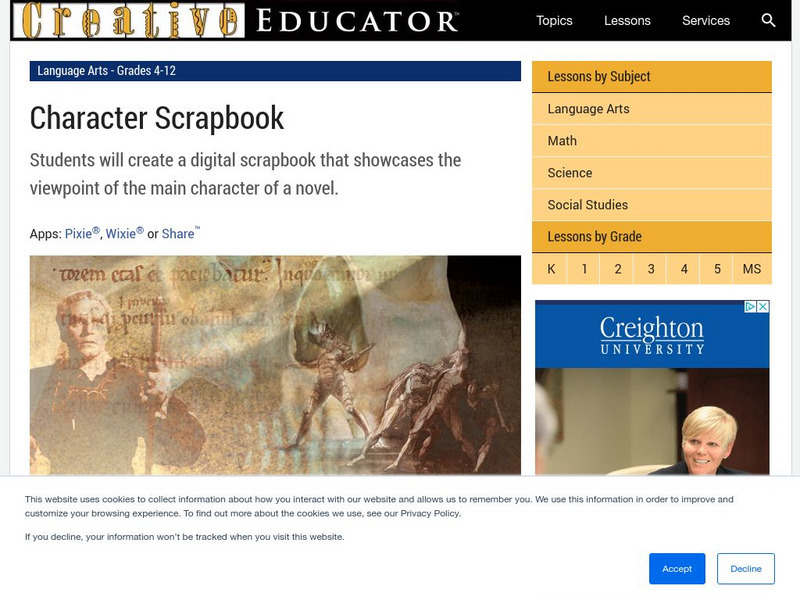

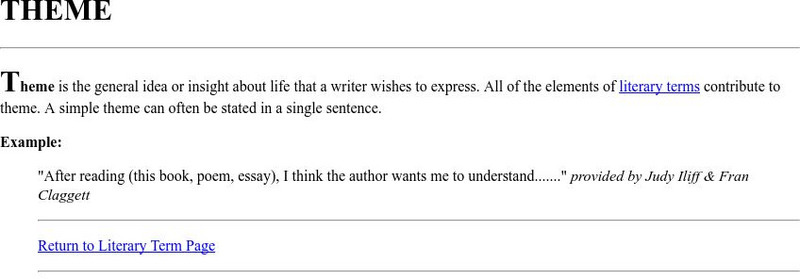

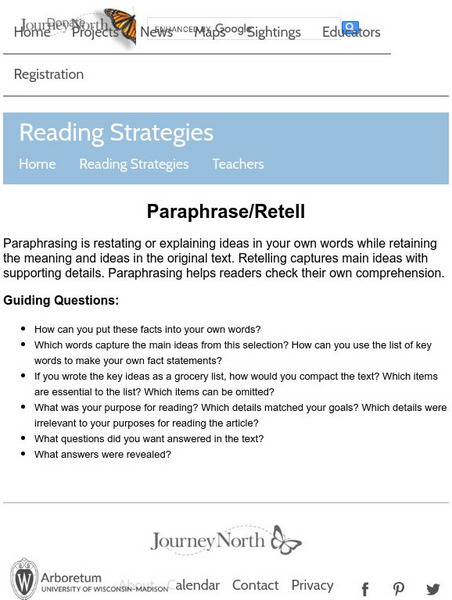

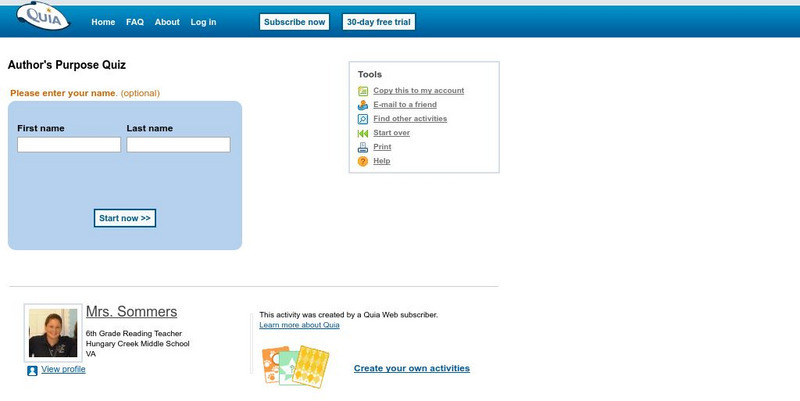

![Holt, Rinehart and Winston: Elements of Literature: Analyzing a Myth [Pdf] Graphic Holt, Rinehart and Winston: Elements of Literature: Analyzing a Myth [Pdf] Graphic](http://content.lessonplanet.com/resources/thumbnails/410056/large/bwluav9tywdpy2symdiwmduymc03nzc3ltexmgnrbhyuanbn.jpg?1589985144)


![Holt, Rinehart and Winston: Elements of Literature: Determining Methods of Characterization [Pdf] Graphic Holt, Rinehart and Winston: Elements of Literature: Determining Methods of Characterization [Pdf] Graphic](http://content.lessonplanet.com/resources/thumbnails/410109/large/bwluav9tywdpy2symdiwmduymc0ymjy4mc0xz3pvamf3lmpwzw.jpg?1589985471)


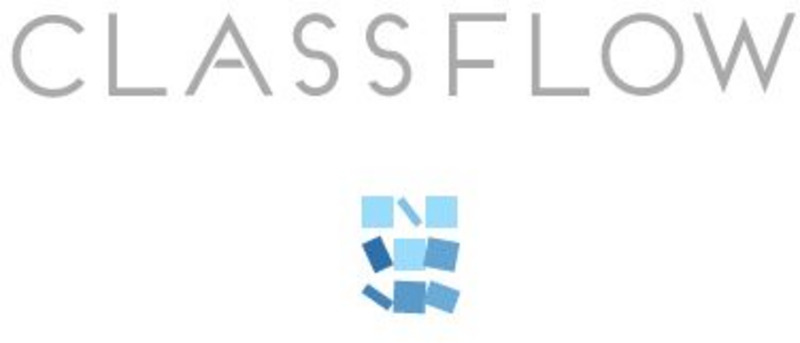

![Holt, Rinehart and Winston: Elements of Literature: Evaluating Character and Plot in Literature [Pdf] Graphic Holt, Rinehart and Winston: Elements of Literature: Evaluating Character and Plot in Literature [Pdf] Graphic](http://content.lessonplanet.com/resources/thumbnails/410148/large/bwluav9tywdpy2symdiwmduymc0yotyymi0xdjnoywrjlmpwzw.jpg?1589985608)

